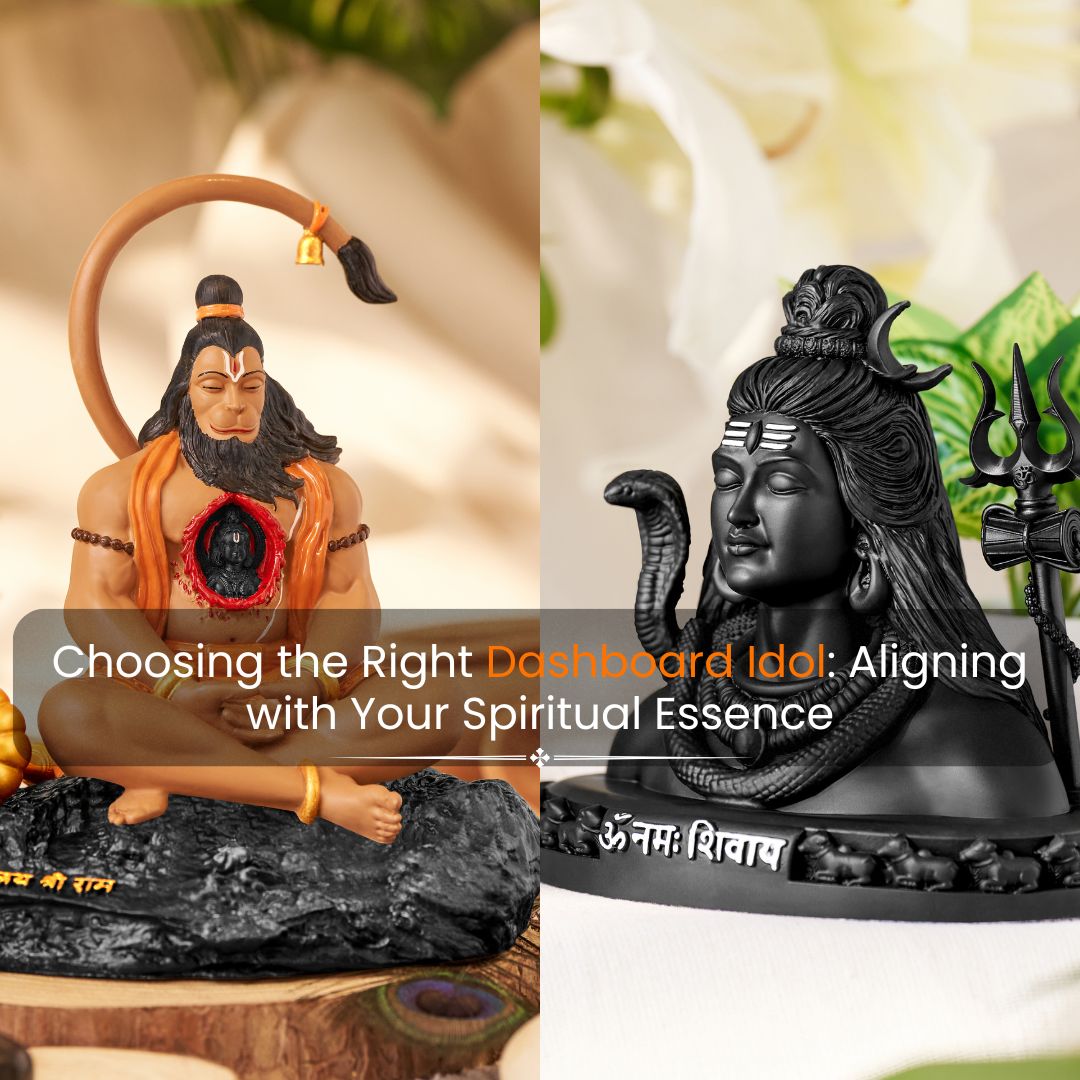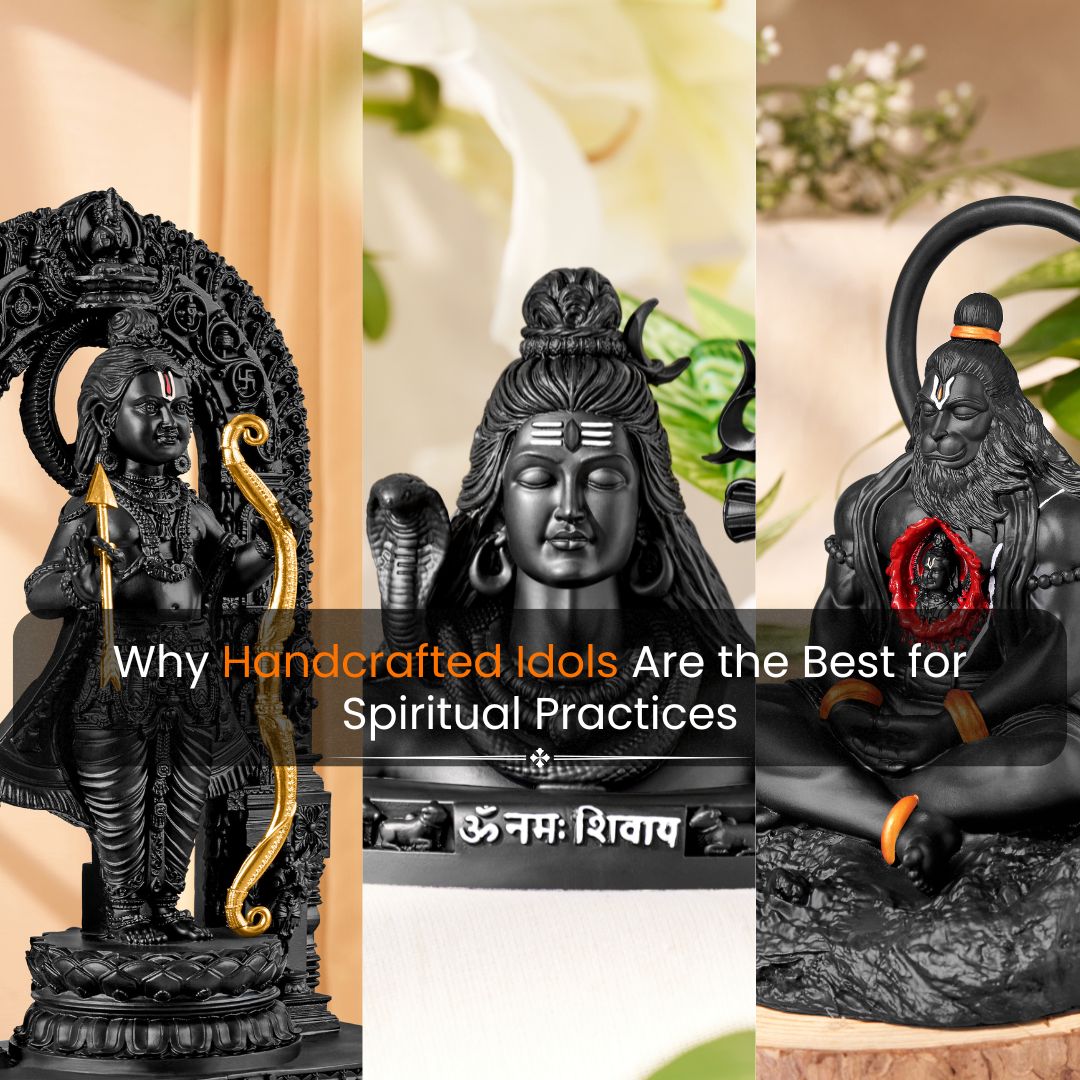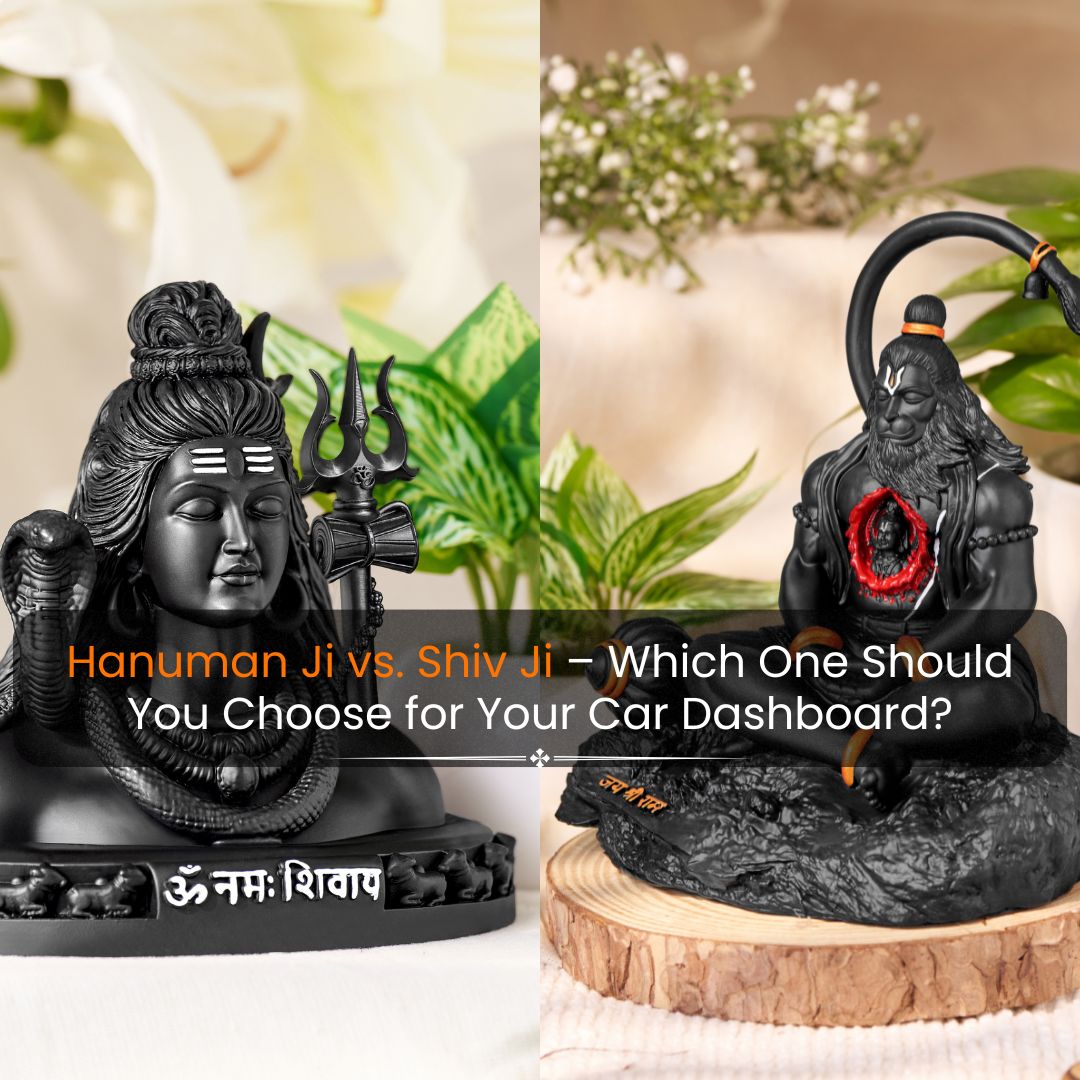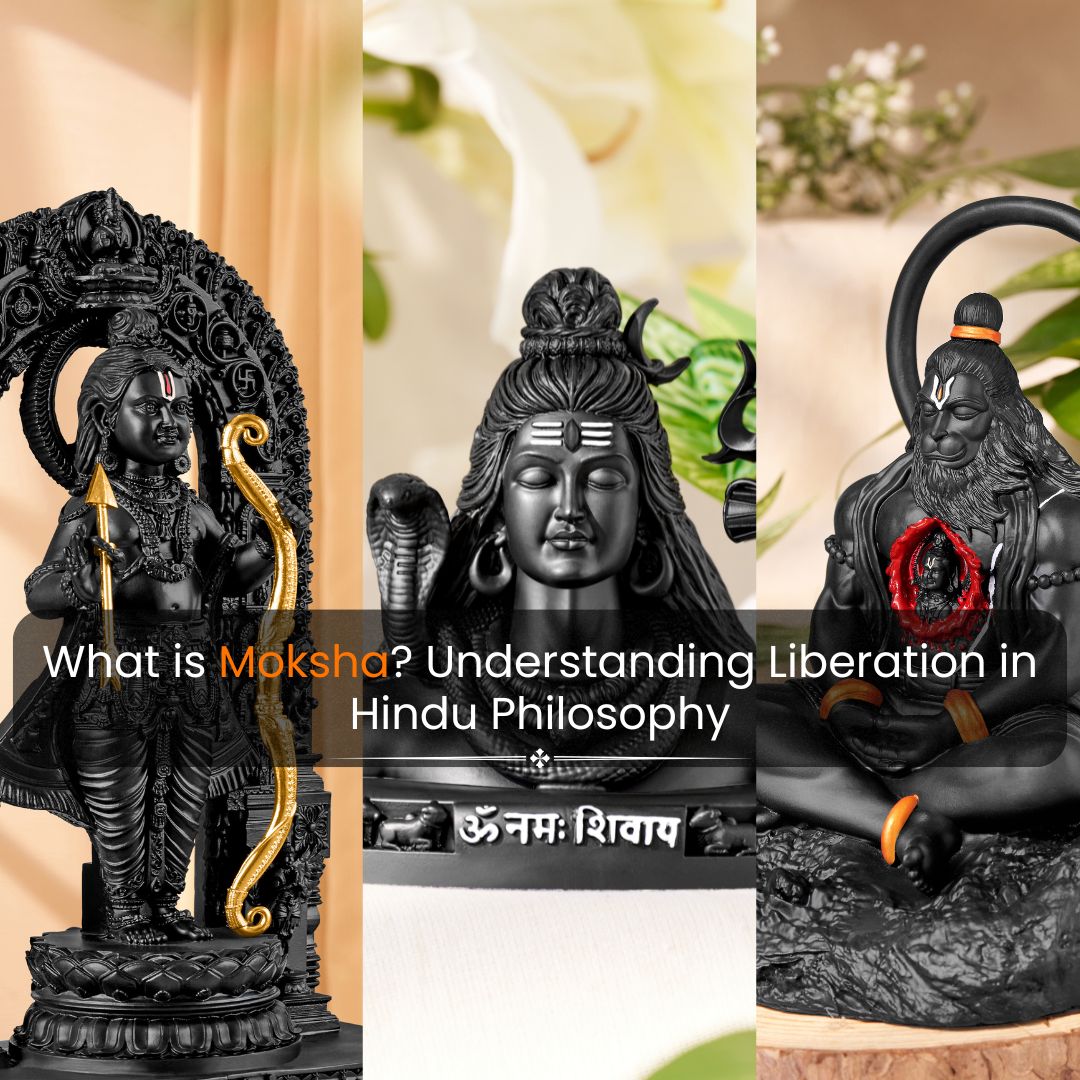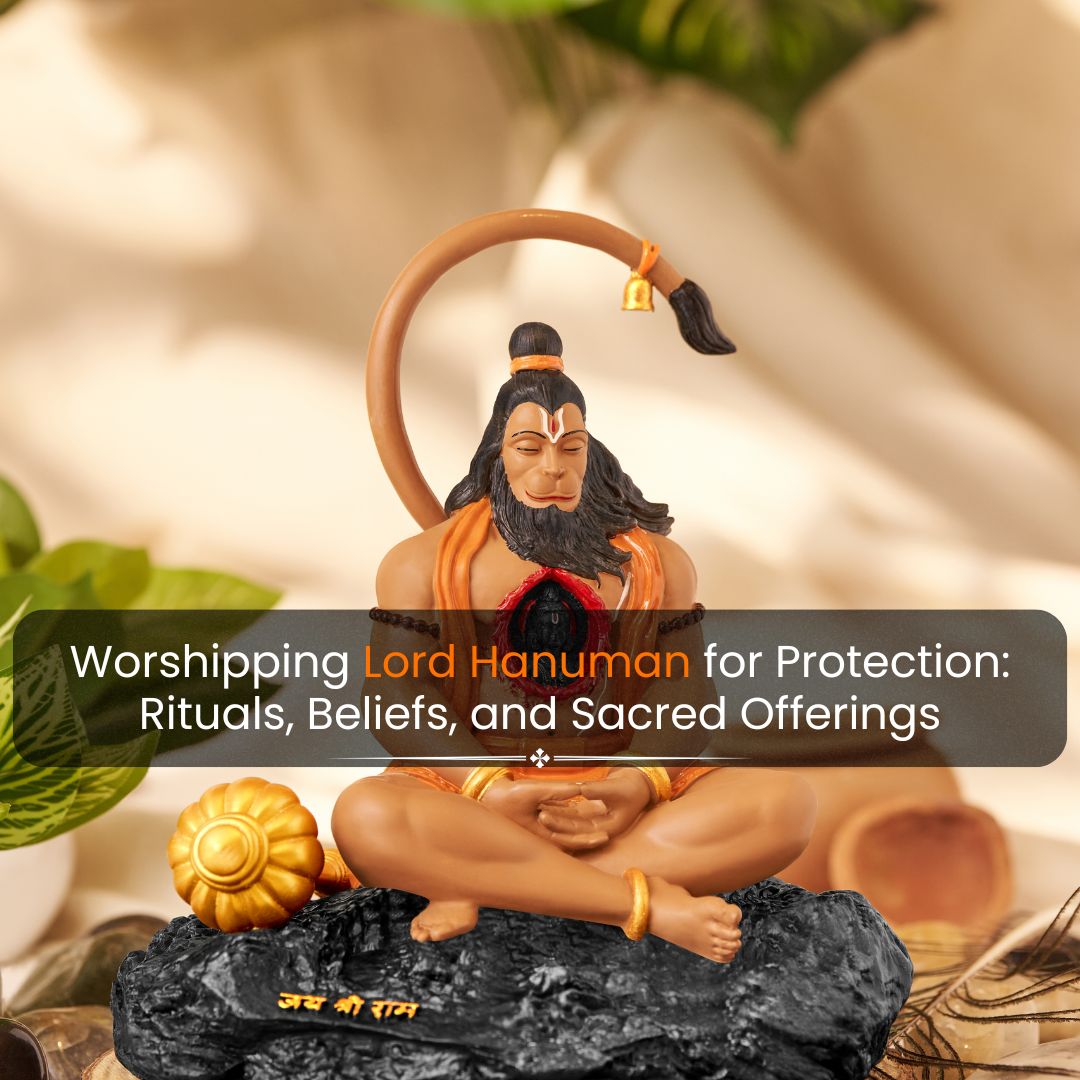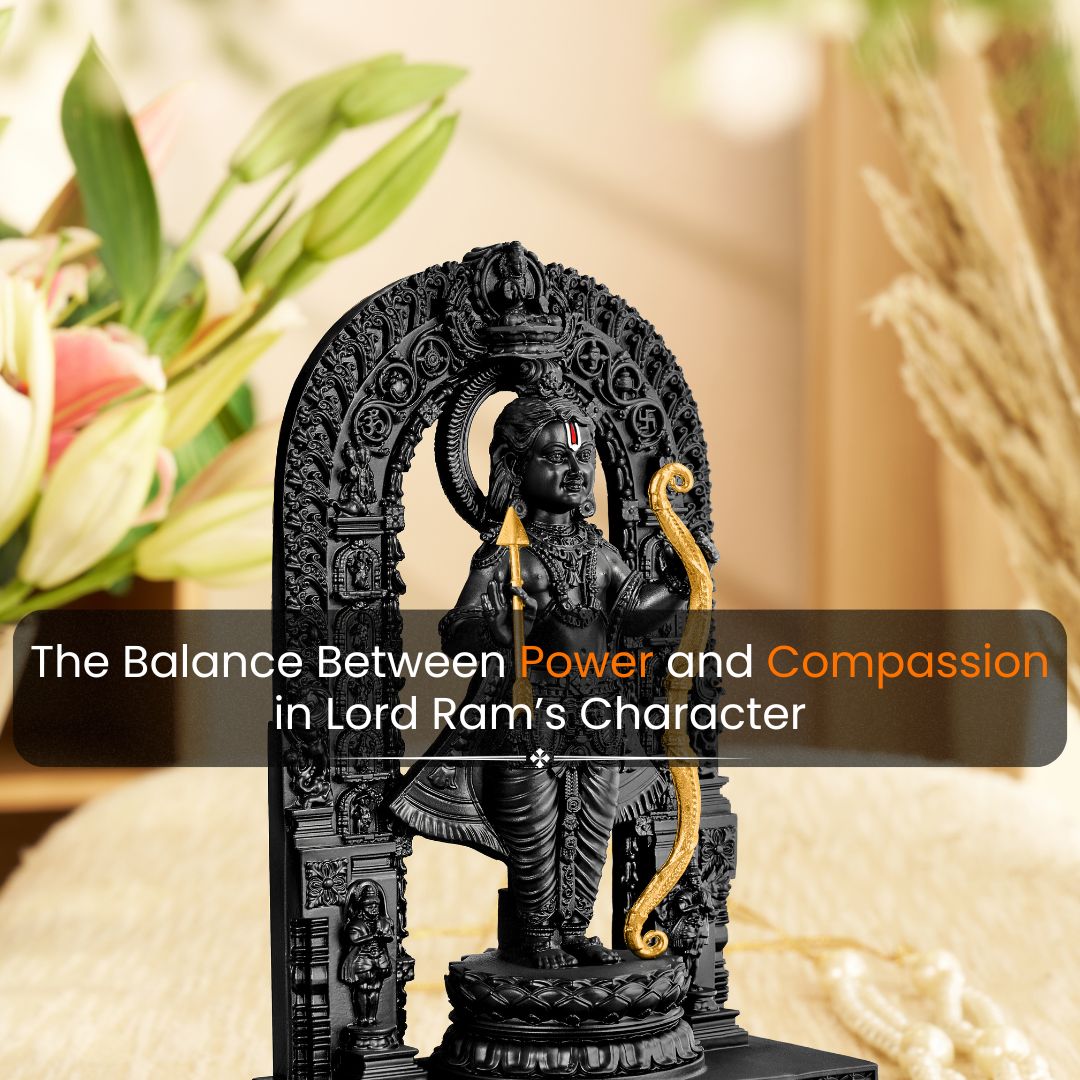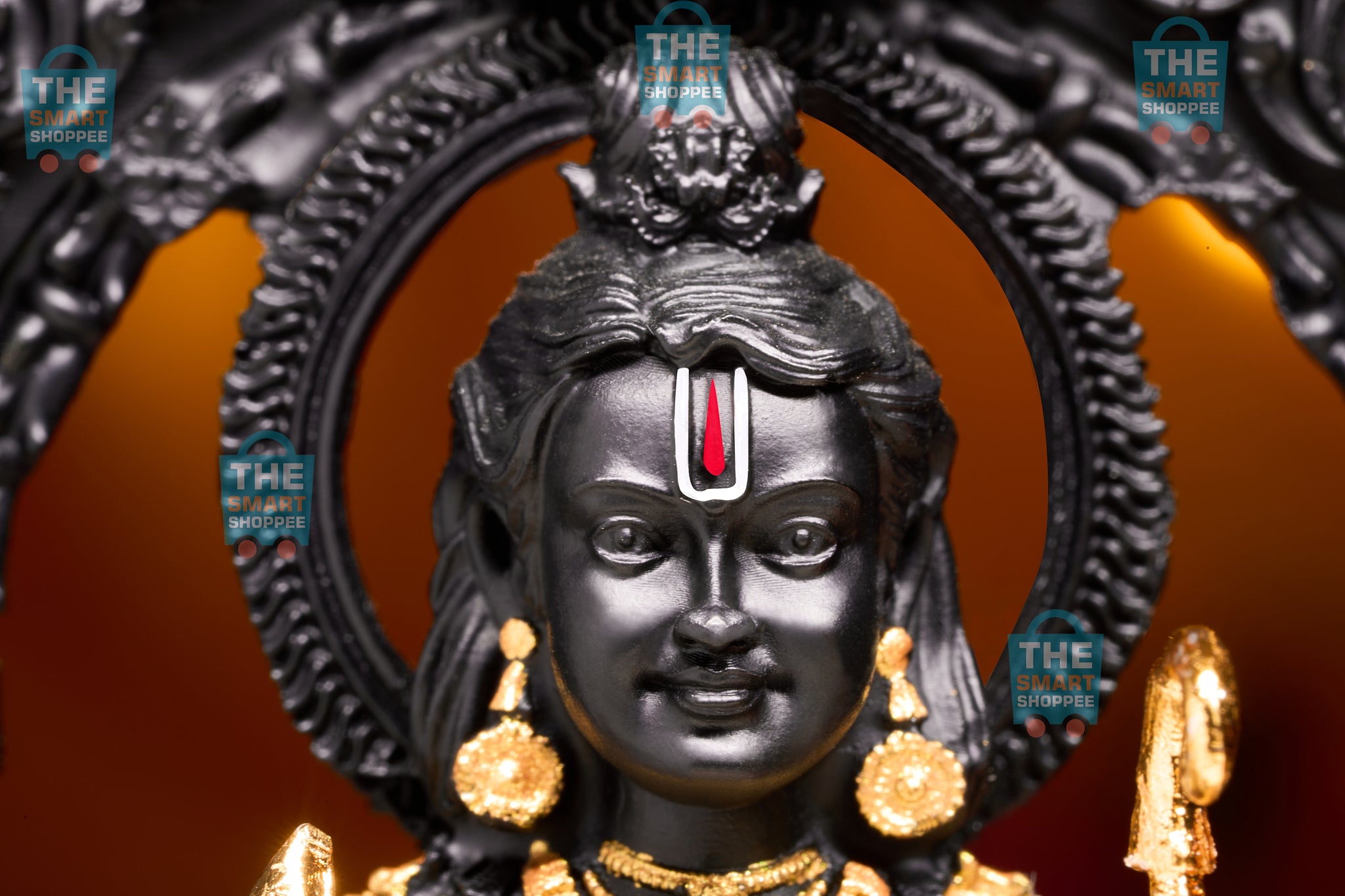
5 shocking historical facts about Ayodhya
In traditional history, Ayodhya was the early capital of the kingdom of Kosala, though in Buddhist times (6th–5th century BCE) Shravasti became the kingdom's chief city. Scholars generally agree that Ayodhya is identical with the town of Saketa, where the Buddha is said to have resided for a time.
After 500 years, Lord Shri Ram returns, and we bring a miniature Ayodhya temple to your homes. Crafted with resin and marble, the temple mirrors Lord Ram's divine abode.
In this auspicious moment, establish the darpan of Lord Shri Ram in your home and experience the divine presence. The craftsmanship mirrors the splendour of Lord Ram's residence.
Click the link below to purchase now: https://thesmartshoppee.com/

Ayodhya is one of the oldest cities in the entire mankind
Ayodhya is considered one of the oldest cities in the entire history of mankind. It is mentioned in ancient Hindu texts such as the Ramayana and Mahabharata, and its history dates back thousands of years, making it a city of immense historical significance. The city's ancient roots and cultural heritage contribute to its status as one of the oldest and most revered cities in human history
Oldest Varnan of our beloved city Ayodhya was in
Where is the oldest mention of Ayodhya
The earliest of the Buddhist Pali-language texts and the Jain Prakrit-language texts mention a city called Saketa (Sageya or Saeya in Prakrit) as an important city of the Kosala mahajanapada. Topographical indications in both Buddhist and Jain texts suggest that Saketa is the same as the present-day Ayodhya.
Do you Know the second name of Ayodhya?
Saket
Ayodhya, also known as Saket, is an ancient city of India, is the birthplace of Bhagwan Shri Ram and setting of the great epic Ramayana. Ayodhya used to be the capital of the ancient Kosala Kingdom. It has an average elevation of 93 metres (305 feet).
Who was the last king of Ayodhya?
Who was the last king of Ayodhya?
King Sumitra
Last in the list is King Sumitra, who was defeated by Mahapadma Nanda, who is known as the founder of the Nanda dynasty. There was no Ikshvaku king in Ayodhya after that.” Mahapadma Nanda is believed to have been the contemporary of Chanakya and Chandragupta Maurya, who lived in the fourth century BC
Who ruled Ayodhya in the absence of Shree Ram?
Shatrughna
Although Bharata was the king designate of Ayodhya during Rama's exile, it was Shatrughna who undertook the administration of the whole kingdom during Rama's absence. Shatrughna was the only solace for the three queen mothers during the absence of Rama, Lakshmana, and Bharata from Ayodhya.












